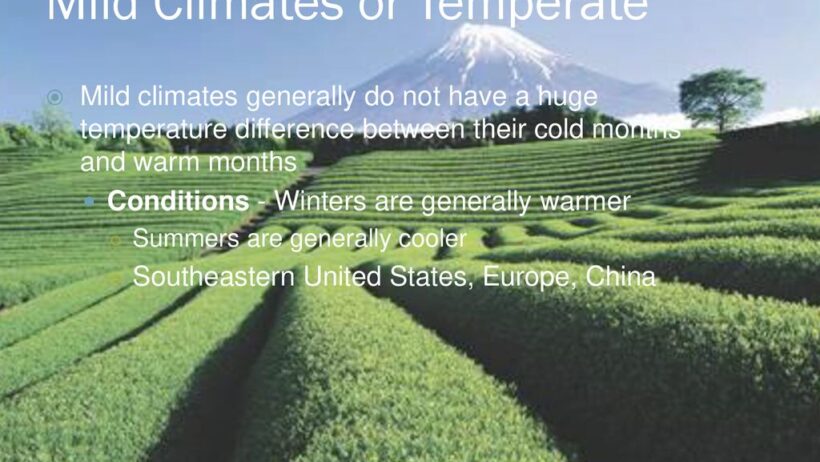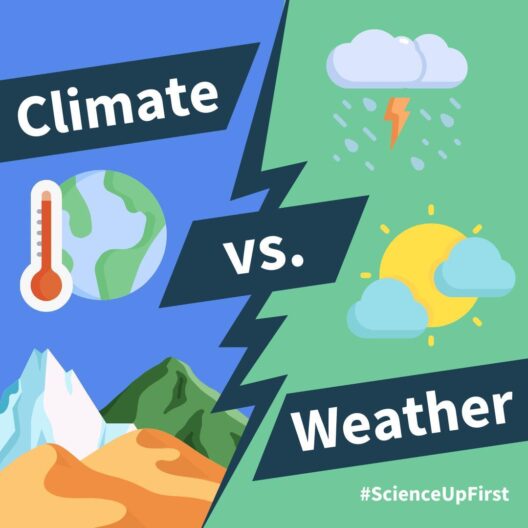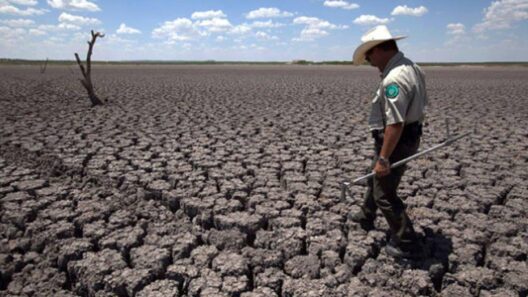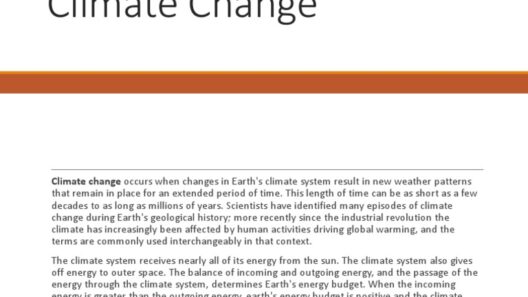Temperate climates serve as the Earth’s gentle intermediary, offering a canvas painted with both vigor and restraint. Often described as ‘mild,’ these climates encompass a wide array of weather patterns and seasonal transitions that invite both admiration and contemplation. But what does it truly mean to reside within a temperate climate? Beneath the surface of mild weather lies a narrative of fluctuating temperatures, varying humidity levels, and the delicate balance of nature’s elements.
At first glance, one might be bewitched by the allure of temperate climates, where the weather tiptoes between extremes. The scholarly definitions, however, only scratch the surface. A temperate climate typically exists between the tropics and polar regions, characterized by four distinct seasons: spring, summer, autumn, and winter. Each season arrives with its own personality, contributing to an intricate cycle of growth, decay, and renewal. Spring awakens the world with petals unfurling like whispers of possibility, while summer basks in the sun’s embrace, drenching the land in warmth. Autumn dons a tapestry of orange and gold, where foliage dances gracefully to the ground, and winter cloaks the Earth in a silent reverie.
Amidst this seasonal ballet lies an intriguing metaphor: life in a temperate climate is akin to standing on the threshold of an art gallery, where every season is a new exhibit filled with the vibrant hues of nature’s palette. However, while this gallery enchants, it also presents the viewer with stark contrasts. The variations in temperature can be pronounced; a brisk winter morning may surrender to the balmy embrace of midsummer by noon. This push and pull creates a dynamic environment that affects everything from agriculture to ecosystems and human behavior.
What is most fascinating is how temperature variations in temperate climates can lead to significant ecological consequences. The region’s flora and fauna have adapted to these conditions over millennia. Trees, for example, enter a state of dormancy in winter, conserving energy for the bud-burst of spring. Similarly, animals adapt their behaviors, hibernating or migrating to seek more favorable conditions. This dance with nature’s rhythms epitomizes not just survival but resilience.
Yet, while the temperate climate’s mildness is often taken for granted, climate scientists warn of the shadows lurking beneath its seemingly benign surface. Changes in global climate patterns have begun to manifest in these once-stable regions, leading to increasingly unpredictable weather events. The contrast can be jarring; a warm winter can lead to early blooms, which in turn disrupt the reproductive cycles of various species, from insects to birds. This cascading effect illustrates an unsettling truth—while temperate climates once exemplified balance, they now stand on unstable ground.
Mild weather may sound appealing, yet this appeal comes with complexities. In temperate zones, precipitation patterns vary significantly, influencing everything from crop yields to water resources. Some segments may experience deluges, while others grapple with droughts. The spectrum of humidity shapes the region’s landscapes—lush verdant forests often give way to arid expanses. Each variation carries implications that ripple through the food chain, affecting everything from plant growth to animal habitats.
Furthermore, temperatures in temperate regions can fluctuate dramatically within a single day, invoking characteristics of both summer cheer and winter’s chill. Such oscillations are emblematic of dichotomy—one moment the air is filled with warmth, inviting outdoor gatherings, the next, a piercing breeze subtly reminds inhabitants of the season’s true nature. These sudden shifts can influence human moods, prompting seasons of joy during summer vacations contrasted with introspection during winter’s quiet nights.
Socially and economically, temperate climates hold significant influence. Their moderate temperatures have historically supported agriculture, allowing for diverse crops that thrive in well-defined seasons. This bounty garners attention—farmers become stewards of the land, leveraging the temperate climate to cultivate everything from grapes for fine wines to apples that adorn festive tables. The everyman benefits, enjoying a cornucopia of flavors, while the economy flourishes in localized agricultural endeavors.
Yet there’s a deeper societal implication. The temperate climate, with its inherent stability, invites settlement and fosters community. Picture small towns nestled amidst rolling hills and sprawling vineyards, where people forge relationships over the changing seasons. The contrasts between sweltering summers and crisp winters create a sense of rhythm within communities, a shared experience that binds people through shared labor and celebration of seasonal traditions. This interdependence on nature’s clock resonates through generations, fostering a communal identity interwoven with the landscape.
Nevertheless, in this intricate tapestry woven by temperatures and seasons, one cannot ignore the looming shadow of climate change. As global temperatures rise, temperate climates are expected to shift, potentially resulting in prolonged heatwaves and altered precipitation patterns. The seductive allure of mild weather may be compromised, leading to increased intensity of storms and a decline in agricultural productivity. This prospect poses an urgent responsibility, as those who inhabit these zones become not just custodians of the land but advocates for sustainable practices. The call to action is not merely to preserve the status quo but to adapt, innovate, and pivot toward resilience.
To encapsulate, the dialogue surrounding temperate climates invites admiration, scrutiny, and action. They embody a paradox, a realm of mildness that conceals significant variations and challenges. Each season is not merely a passage of time but a vital component of the ecological and social fabric that ties us to the land. The unique appeal of temperate climates lies not only in their beauty but in their complexity—the sweet and poignant reminder that even the most serene landscapes are subject to the forces of nature and human influence. Therefore, as stewards of our environment, embracing the temperate climate becomes an act of mindfulness, one that acknowledges both the allure and the intricacies of living in relation to nature’s omnipresent cycles.








